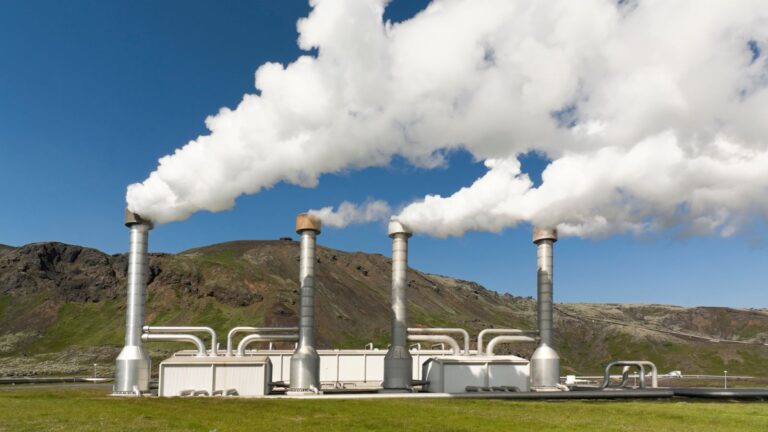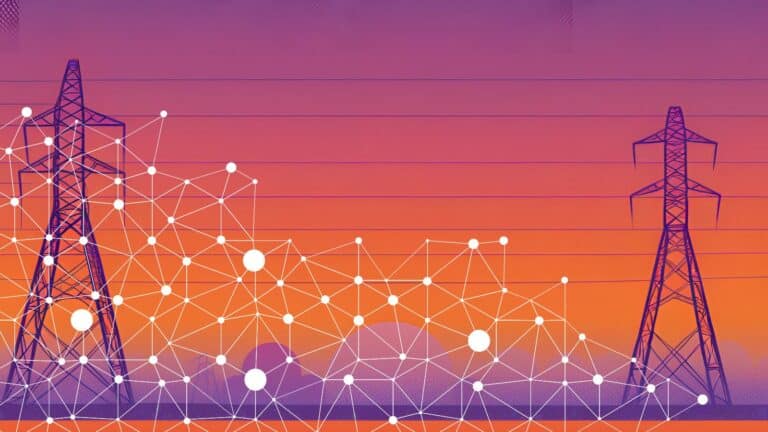Executive Summary
The developments underway in Europe’s natural gas sector are some of the most influential and closely watched in the global gas market. In the past decade, Europe has seen significant demand swings, falling domestic production, growing concerns about dependence on Russian gas, and the advent of US liquefied natural gas exports to the world. Just as important has been the emerging competition from renewable fuels. Indeed, questions are now arising about whether Europe needs new investments in natural gas infrastructure or if those investments would become stranded assets. However, suggesting that the EU does not need new investments risks underestimating the role—or the potential role—natural gas plays in various sectors of Europe’s energy economy, including industry, transportation, and commercial and residential usage.
This paper analyzes the outlook for natural gas in Europe’s electricity generation, the most substantial market for gas in the continent, in the short and medium term (to 2030). The authors sought to create various scenarios that made increasingly bold assumptions about the costs of renewables going forward while at the same time addressing the absence of balancing costs of intermittent renewables in most recent analyses. The paper assumes a robust average carbon price over the forecast period in two of its scenarios, noting the highly complicated politics around more ambitious carbon pricing. Finally, the authors include all planned phaseouts of existing thermal generation capacity, per the reference case of the EU Energy, Transport and GHG Emissions Trends to 2050 as well as all recent national announcements concerning nuclear and coal phaseout.
In short, the paper finds the following:
- A renaissance of natural gas in the EU-28 electricity sector looks unlikely, with only modest room for fuel switching and growth—about 40 billion cubic meters (bcm) on a continental scale through 2030 (in 2017, European demand hovered around 483 bcm). Fuel prices, carbon prices, and interest rates will be critical factors in determining whether demand for natural gas increases or declines.
- In determining the impact of the price of carbon on European natural gas demand, the case of the United Kingdom offers some insight. Once the United Kingdom unilaterally installed its carbon price floor, natural gas did force coal out of power generation on an impressive scale. However, to allow for fuel switching, existing underutilized generation capacity must be available to use. If not, utilities face serious questions related to the cost of new generation capacity, anticipated fuel costs and cost curves, and time horizons. Importantly, recent data suggest that even though the carbon price floor did provide an incentive for incremental gas-fired power generation, soon thereafter, renewables, storage, and efficiency eroded some of the gains made by natural gas. This analysis suggests that there is moderate room for fuel switching similar to what happened in the United Kingdom.
- Increasing natural gas demand for electricity generation is most promising for southern Europe, chiefly because electricity demand in this part of the continent is still growing, although competition from renewables here is fierce. In a scenario with high carbon prices and high natural gas prices, by the end of the forecasting period, investments in renewables make more economic sense than natural gas in the southern part of the European Union. The costs of capital are likely going to be critically important in the coming years to determine whether investors turn to renewables or (in part) natural gas.
- Ultimately, the paper finds that new EU investments in gas infrastructure are probably necessary in parts of the European Union. New investments are less necessary in more mature parts of the continent relative to the less-developed parts of the continent, where gas demand has room for growth and/or single source dependency concerns trump basic economic considerations.





